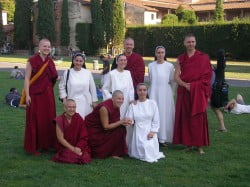The Benedictines view monastic life as a project in itself. They do not think you become a monk in order to do something else; you become a monk to live a monastic life. This is sufficient. This turning away from the things of the world and turning towards a spiritual life is all there is.
Ven.…
05
July
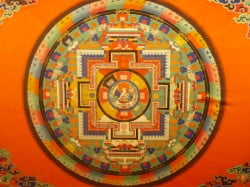
Meditation is the foundation of our religious practice; through it we can discover the Truth directly for ourselves. In meditation one learns how to accept oneself and the world as it is. Profound transformation becomes possible once we know things as they are.
Ven. Chantal Dekyi
Shasta Abbey—A Western Zen Monastic Community
Ven. Chantal Dekyi
For over thirty…
05
July
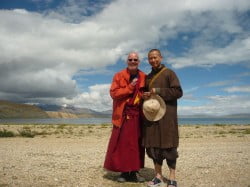
There is an emphasis on building trust and support so that the Sangha are confident enough to share both the positive and negative things in their lives, which in turn leads to closer relationships with the people around and a flowering of love and compassion.
Ven. Thubten Kundrol
Plum Village: An International Monastic Community
By Ven. Thubten…
05
July
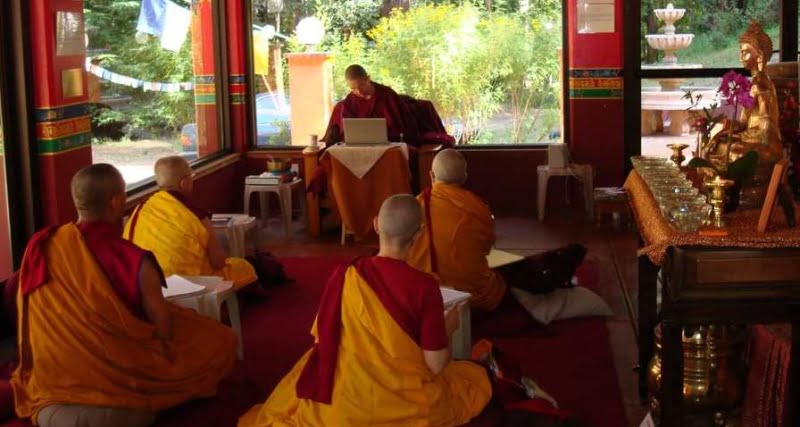
When we ordain we commit to becoming enlightened through the monastic vessel, and this means you will need to be trained. The Buddha created a Sangha as a fast track to Enlightenment.
Sister Jotika
Training for Community Life
An Interview with Sister Jotika
IMI spent time with Sister Jotika to reflect on what motivates her commitment to training…
05
July
Although the majority of the millions of Buddhists are lay people, it is taught that the ordained Sangha are crucial: The existence of the Buddhadharma in any one place depends upon the presence there of at least four ordained Sangha practicing the full extent of the vinaya, Buddha’s guidelines on moral conduct. Lord Buddha himself…
05
July
As you know, just because you’re a monk or nun does not mean that you’ve reached enlightenment. It simply means that you have gained an understanding of the nature of samsara and have decided to work continuously to develop within yourself the everlasting, peaceful path of liberation. That’s all. Getting ordained doesn’t give you immediate…
05
July
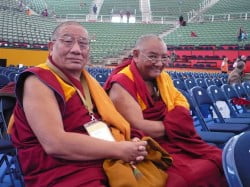
There are two basic types of meditation: stabilizing meditation to develop single-pointed concentration and analytical or checking meditation to develop deep understanding of the topics. Until higher levels of the path, these two types of meditation are done alternatively.
Khensur Jampa Tegchok
Listening, Thinking, and Meditating
By Khensur Jampa Tegchok
Scripture states that first we need to abide…
05
July
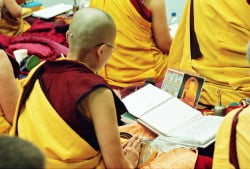
In essence, keep your mind relaxed at all times and accept the manifold experiences of life. Look at all situations with a sense of cheer and humor and, just as we may watch a comedy on the television to relieve tension, we should laugh at ourselves and have no tension.
Geshe Namgyal Wangchen
A Panacea for the…
05
July
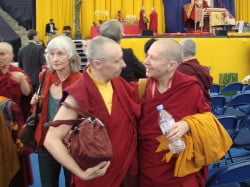
When we took the vows, there was an ordination master and other Sangha present. Just so, after ordination, if we live with other members of the Sangha, we can give each other support and guidance. Being together harmoniously will be a great support for keeping our vows properly.
Jhado Rinpoche
Reinforcing Ordination in Daily Life
By Jhado…
05
July
Full Nuns Ordination
By Kyabje Lama Zopa Rinpoche
You might be a monk or a nun for a few years or a few months, but are then unable to continue. At Kopan I spoke about Bob Thurman, the first Western person ordained by His Holiness. He then returned to New York and the next day he…

